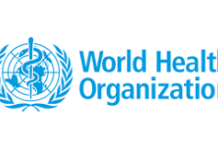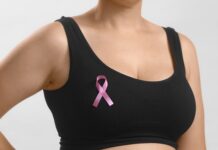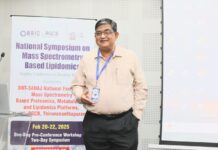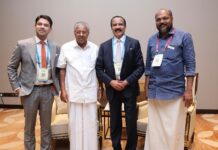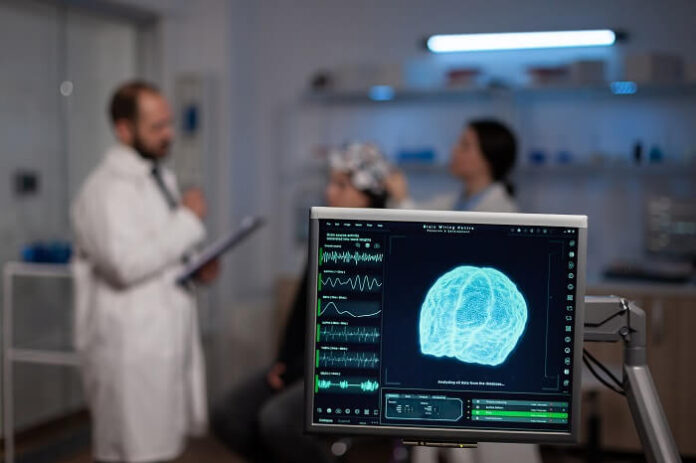A research team from multiple universities, led in part by Professor Gustavo K. Rohde from the University of Virginia, has developed a system capable of detecting genetic markers of autism in brain images with 89 to 95% accuracy.
As reported by news-medical.net, their research indicates that this method might eventually allow doctors to diagnose, classify, and treat autism and related neurological conditions directly from brain images, potentially reducing reliance on behavioral assessments and enabling earlier interventions.
“Autism has traditionally been diagnosed based on behavioral observations, but it has a strong genetic component. Adopting a genetics-first approach could revolutionize our understanding and treatment of autism,” the researchers noted in a study. Professor Rohde, who specializes in biomedical and electrical and computer engineering, collaborated with researchers from the University of California, San Francisco, and the Johns Hopkins University School of Medicine, including Shinjini Kundu, his former Ph.D. student and the lead author of the paper. Kundu, now a physician at Johns Hopkins Hospital, helped develop the core technology: a generative computer modeling technique called transport-based morphometry (TBM).
TBM uses a novel mathematical modeling approach to identify brain structure patterns that correlate with specific genetic variations known as “copy number variations,” which are associated with autism. This technique allows the researchers to differentiate between normal biological variations in brain structure and those linked to genetic deletions or duplications. Unlike traditional machine learning methods that detect patterns without considering the underlying biophysical processes, TBM leverages mathematical models based on mass transport—the movement of molecules such as proteins, nutrients, and gases in and out of cells and tissues. “Morphometry” involves measuring and analyzing the biological forms resulting from these processes.
By extracting mass transport information from medical images and creating new images for analysis, TBM enables the separation of autism-related genetic variations from other normal genetic variations that do not result in disease. This advancement addresses previous limitations that confined diagnoses and treatments to behavioral observations alone.
According to Forbes magazine, 90% of medical data consists of imaging, which remains largely untapped. Rohde believes TBM could unlock significant discoveries within this data. “Major breakthroughs may be on the horizon if we apply more sophisticated mathematical models to extract and analyze this information,” he said.
The research utilized data from the Simons Variation in Individuals Project, which includes subjects with autism-linked genetic variations. Control subjects were recruited from various clinical settings and matched for age, sex, handedness, and non-verbal IQ, while excluding those with related neurological disorders or family histories. “We hope that identifying localized changes in brain morphology linked to copy number variations will help pinpoint specific brain regions and mechanisms that could be targeted for new therapies,” Rohde concluded.






